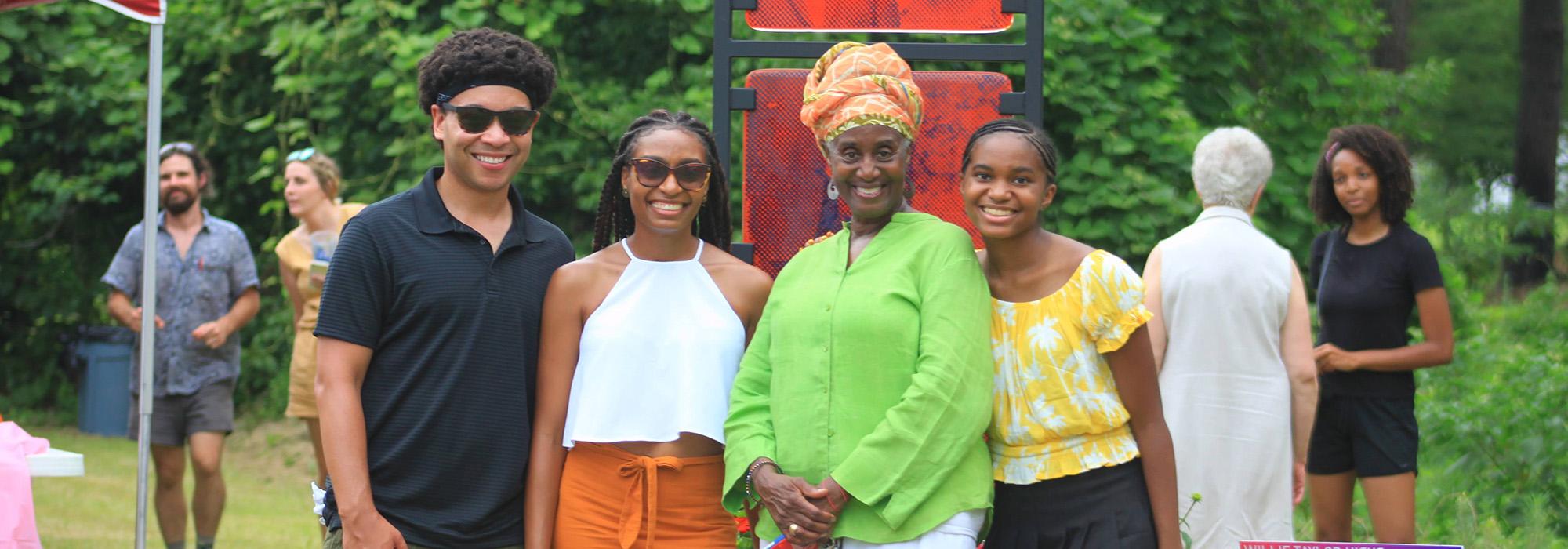A $40,000 NEA Grant and other Race and Space Initiative News
The Cultural Landscape Foundation’s (TCLF) Race and Space initiative, launched on November 30, 2020, has just been announced as a recipient of a $40,000 grant from the National Endowment for the Arts in the Design category of the Grants for Arts Projects. The grant will enable TCLF to advance its efforts to expand its database of cultural landscapes associated with African Americans, Hispanic and Latinx Americans, and others. The NEA Grant also allows TCLF to engage with and amplify the research of leading theorists and scholars including Dr. Andrea Roberts, Assistant Professor of Urban Planning at Texas A&M University and founder of The Texas Freedom Colonies Project, Everett Fly, landscape architect, architect, and National Humanities Medal recipient, and Howard University Professor of Architecture Bradford Grant and his students.
In addition, TCLF’s Landslide 2021: Race and Space report and exhibition continues to garner coverage in various media outlets. Along with an extensive articles in the Pensacola News Journal, the Milwaukee NPR affiliate, the New York Times, and other outlets, the Staten Island Advance just published a compelling report about Sandy Ground, the nation’s oldest continually inhabited free Black settlement. Reporter Jessica Jones-Gorman interviewed several people associated with the site including 98-year-old Norma McGhie whose grandfather, an oyster fisherman from Maryland, was a founder of Sandy Ground. The thirteen sites featured in Landslide 2021: Race and Space are now added to TCLF’s What’s Out There database and city guides.
One site, Shockoe Hill African Burying Ground, is gaining national attention as the Virginia Department of Rail and Public Transportation advances its plans to put high speed rail lines linking Richmond and Washington, D.C. through the site. A broad coalition of advocates have become official consulting parties to the federal level reviews currently underway pursuant to Section 106 of the National Historic Preservation Act. Evaluating the significance of a site that doesn’t include burial markers and other tangible physical remnants poses a challenge to officials. Among the stated goals of TCLF’s Race and Space initiative is to encourage a broader understanding of the “integrity” of historic sites to be more inclusive of cultural landscapes inequitably affected by erasure and other transgressions.



